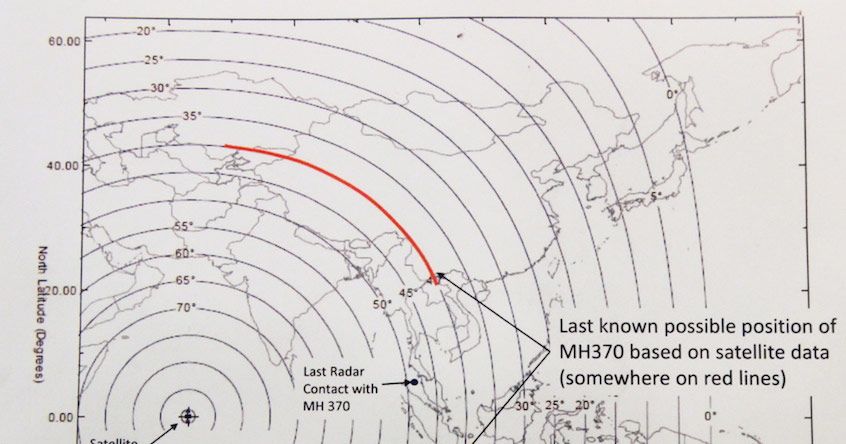

Malaysian air traffic control radioed to pass the flight off to Ho Chi Minh. At 1.19am, MH370 approached the end of Malaysian airspace. Australia should set up an all-new independent commission that can take a hard, fresh look at every piece of evidence from the case and revisit every assumption one by one.The first 40 minutes of the flight were unremarkable. Now it’s clear the official analysis has failed, it’s time to start the search again from scratch.

The only reasonablly satisfying narrative that was ever on the table – that a suicidal pilot flew the plane straight and fast over the southern Indian Ocean until he ran out of fuel, before nose-diving into the sea – is at this point itself seriously problematic.Īs they say in addiction recovery, the first step to getting better is admitting you have a problem. Yet where has that official analysis got us? The Netflix documentary describes several theories, none of them proven and most of them criticised as “conspiracy theories” by people who would prefer to think that the official analysis was correct. In the case of MH370, various initial assumptions could have been at fault. They redrew their probability maps and found the wreckage within days. When their seabed scan came up empty, they revisited their initial assumptions and realised they had made a shaky assumption about the black boxes’ acoustic pingers. When Air France flight 447 went missing over the Atlantic in 2009, investigators laid out an underwater search area using probability calculations much like those later used for MH370. Still optimistic, officials expanded the search area. Yet when the seabed was scanned in the area the scientists had calculated, the plane wasn’t there. They turned over their findings to the Australian Transport Safety Bureau (ATSB), which was entrusted with the search because the flight’s presumed end point was within Australia’s marine jurisdiction.Īll that remained was for ships to scan the seabed and collect the wreckage. By using some complicated mathematics, they were able to work out where the plane must have gone into the remote southern Indian Ocean. Soon after the plane vanished from radar screens, scientists at the UK-based satellite communications company Inmarsat announced they had found recorded signals automatically transmitted from the plane.

It once looked like closure was imminent. When news broke in 2014 that a Malaysia Airlines 777 had gone missing, no one imagined that, nine years later, we still wouldn’t know what became of flight MH370.


 0 kommentar(er)
0 kommentar(er)
